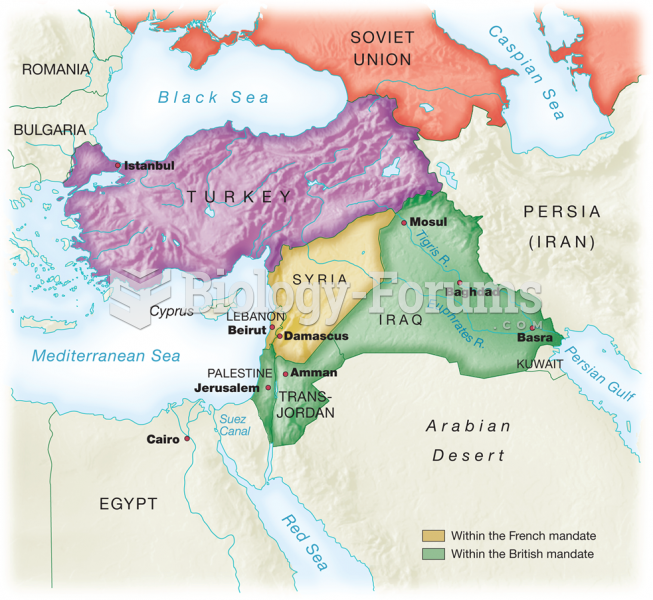Answer to Question 1
The Ottoman Empire, the Safavid Empire in Persia, and the Mogul Empire in India, all of which had absolute monarchies mirrored the extravagances and aristocratic style of Louis's France.
The Ottoman Turks, under the leadership of Suleiman, saw a golden age of literature and art. Pomp and luxury characterized Suleiman's court, and the arts that flourished under his patronage shared with those of seventeenth-century France a taste for the ornate and a high degree of technical skill. Suleiman established a model for imperial patronage that ensured the triumph of the aristocratic style not just in Turkish lands but in all parts of his multiethnic empire.
As the Safavid dynasty rose to power in Persia, the multiethnic population was united under the leadership of Shah Abbas. During this time, Persian tapestries, intricately woven in silk and wool, and finely ornamented ceramics were avidly sought across the world, and Persian manuscripts embellished with brightly printed illustrations came to be imitated throughout Asia. The outstanding monument to Safavid wealth and power was the Imperial Mosque, which boasts surfaces covered with vibrant, colored glazed tiles ornamented with calligraphic inscriptions and delicate blue and yellow floral motifs.
The Moguls ruled India as absolute monarchs and imported Persian culture and language into India in much the same way that Louis XIV brought Italian culture into France. Blending Muslim, Hindu, Turkish, Persian, Arabic, and African traditions, the Moguls encouraged the development of an aristocratic style, which served as an adjunct to majesty. In the seventeenth century, the Moguls, under Akbar, governed the wealthiest state in the world, a state whose revenues were ten times greater than those of France. Akbar commissioned magnificent works of music, poetry, painting, and architecturethe tangible expressions of princely affluence and taste. Later, surpassing previous architectural designs, Shah Jahan's built the Taj Mahal, an extraordinary example of extravagant expression. Fabricated in cream-colored marble, the Taj rises majestically above a tree-lined pool that mirrors its elegant silhouette so that the mausoleum seems to be floating in air. It features shadowy voids and bright solids that play against one another on the surface of the exterior, while delicate patterns of light and dark animate the latticed marble screens and exquisitely carved walls of the interior. The garden complex, divided into quadrants by waterways and broad footpaths, is an earthly recreation of the Muslim Garden of Paradise.
Answer to Question 2
A







